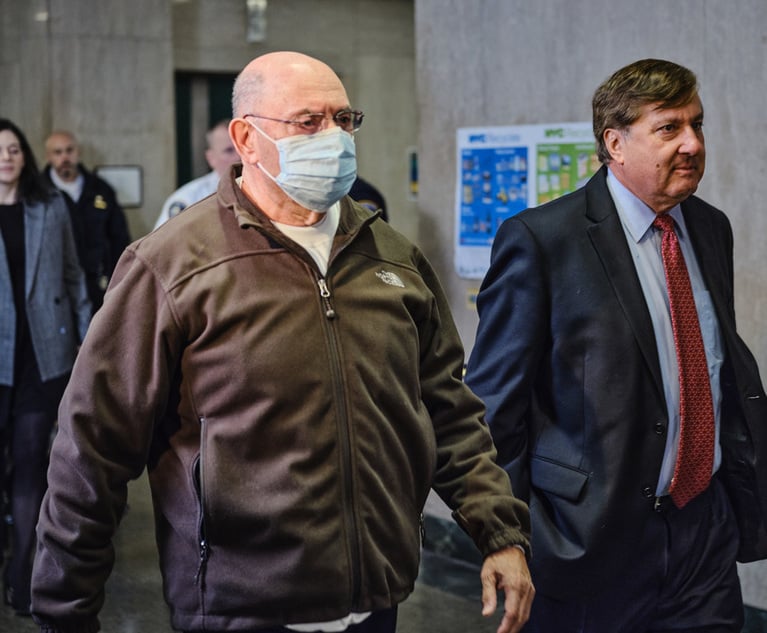Imagine you are about to embark on that long-awaited, desired (and needed) construction project. You have been saving and planning for this project for a long time. The design is complete and the contractor is ready to go, and at that moment you are told that the scope of the construction requires you to enter upon your neighbor’s property. In fact, there is no alternative means of performing the construction without accessing your neighbor’s property and encumbering it in some way. What are your options? In the normal course of things, you, as the party requiring such access, would seek to obtain permission, or a license, to access your neighbor’s property. The terms and conditions governing such access would be contained in a license agreement (more about that below) entered into by you, as the party seeking access (i.e., the licensee), and your neighbor, the party granting such (i.e., the licensor). Clearly, this approach requires a willing and cooperative neighbor. However, what are you to do when such access is refused or an agreement cannot be reached? The answer lies in Section 881 of New York Real Property Actions and Proceedings Law (RPAPL), a somewhat old, but perhaps infrequently used statute that allows a project owner to petition a court for a license to enter upon a neighbor’s property. This article will briefly summarize the procedure for obtaining such court-ordered license and identify some practice pointers for potential litigants.
Terms of the Agreement
Before examining the procedures for obtaining a court-ordered license pursuant to RPAPL §881, it would be remiss if this article did not provide a brief summary concerning certain, but certainly not all, terms that may be included in a license agreement, if one can be agreed to:
- The Grant of a License—a provision setting forth the scope of the license (i.e., what areas of the neighboring property can be accessed and by whom);
- Term/Schedule for the Work— provision setting forth the term of the license, upon the expiration of which, all work impacting licensor’s property will be removed;
- Payment of Expert and Legal Fees—licensor will want a lawyer and professionals to assist in the review of licensee’s work and the preparation of the license agreement. These costs should be borne by the licensee;
- Pre-Condition Survey—as the party seeking access, licensee will want to document the conditions of the neighboring property before work commences;
- Scope of the Protection Work—the scope of the work impacting the licensor property will need to be attached to the license agreement. This way all parties know what is to be performed and what is expected;
- Insurance—licensee, as well as its contract(s) performing the work, will need to obtain and maintain liability insurance. In addition, licensor should be named as an additional insured under such liability policy. Make sure all proper endorsements are issued securing such additional insured status;
- Indemnification—licensor will want to make sure the license agreement contains a broad indemnification provision, which will require licensee to indemnify and defend licensor from and against claims arising from the construction project and any work performed at the licensor property;
- Repair of Property—a provision setting forth licensee’s repair obligations should be well documented;
- Mechanic’s Liens—licensor will want to make sure that if any liens are filed against its property, licensee will discharge/satisfy such liens at its own cost;
- Termination—in the event of a breach of the license agreement by licensee, licensor may want the right to terminate the license agreement earlier than the natural expiration of the term; and
- License Fee—finally, licensor may seek remuneration from licensee for the use and encumbrance of the licensor property.


 Photo: Shutterstock
Photo: Shutterstock




